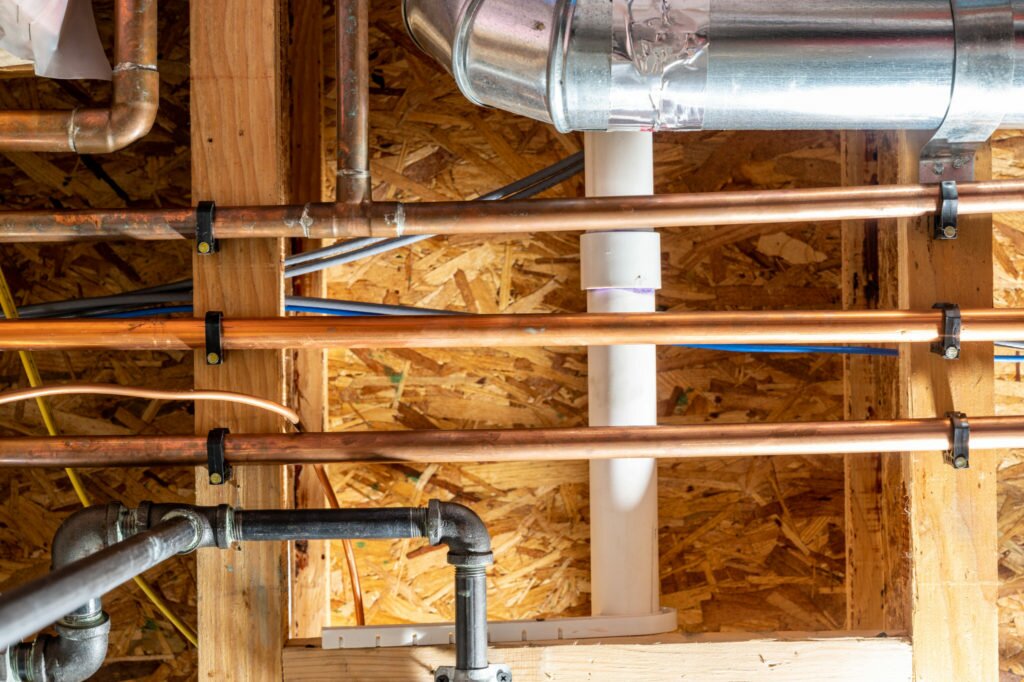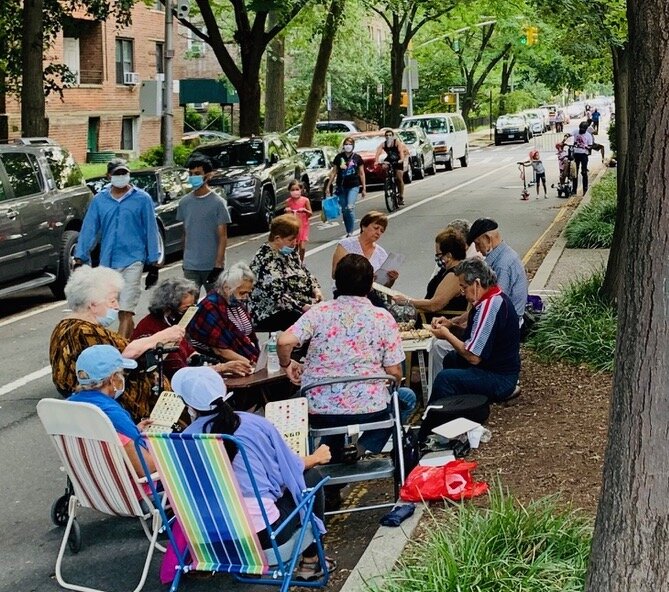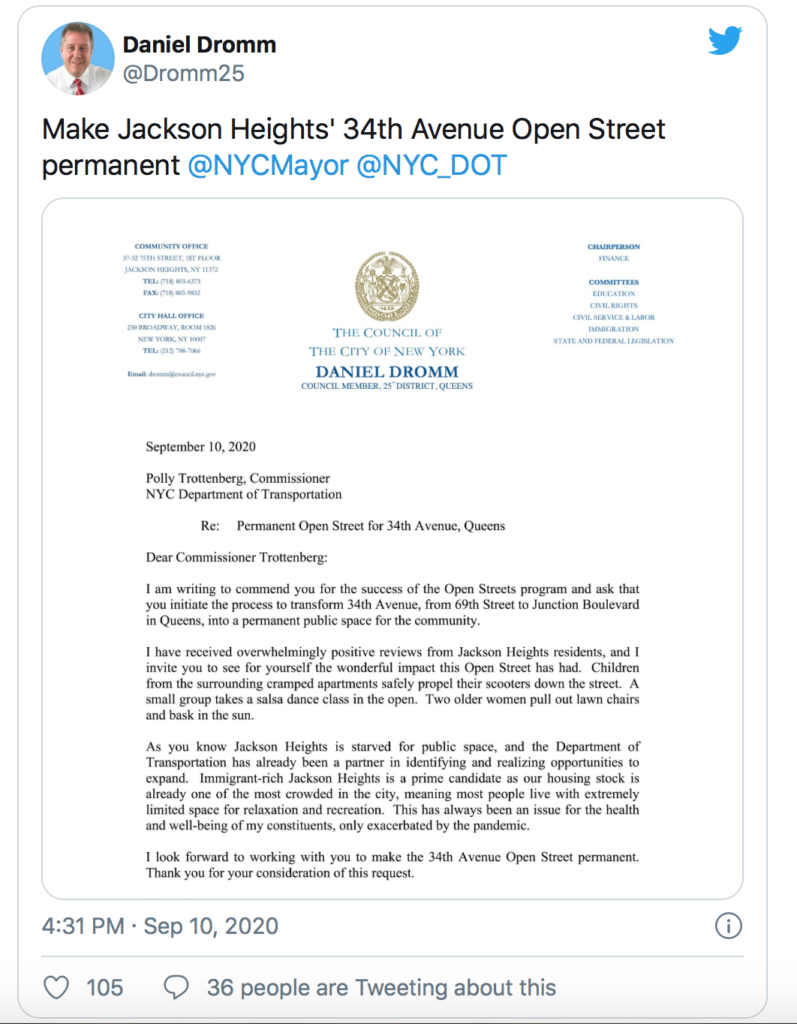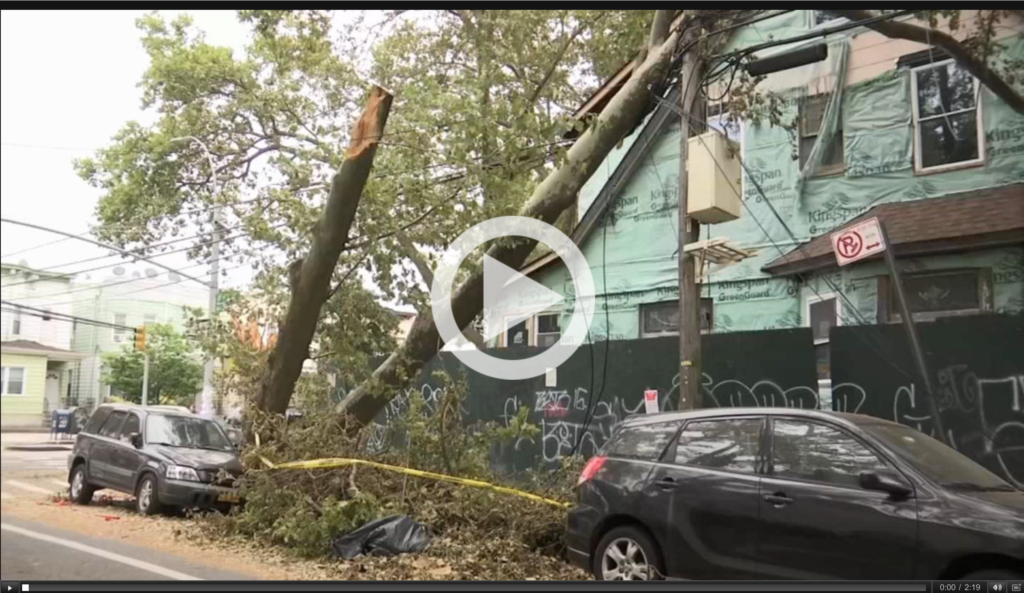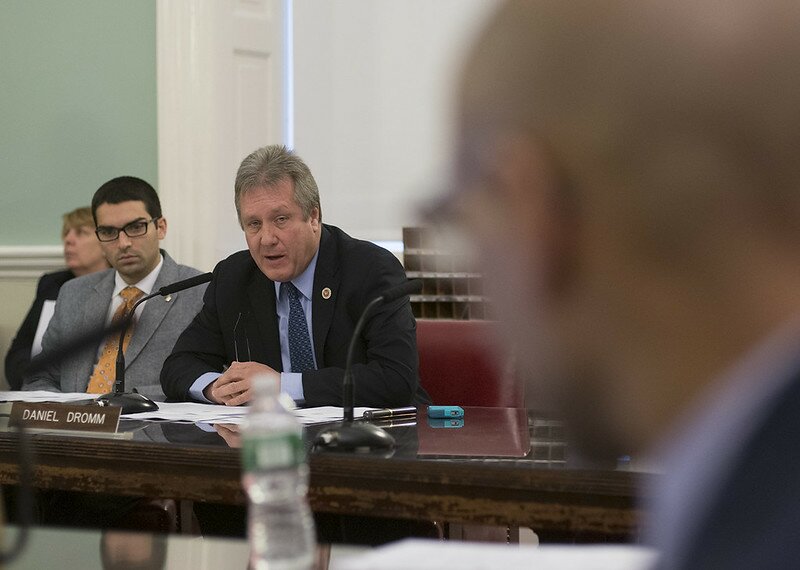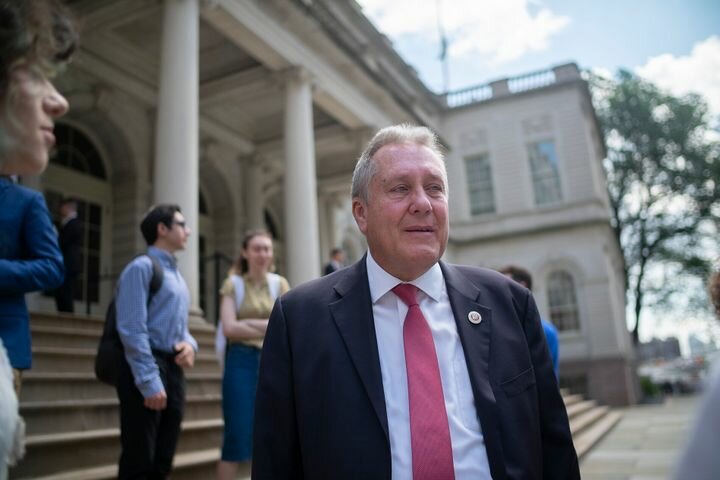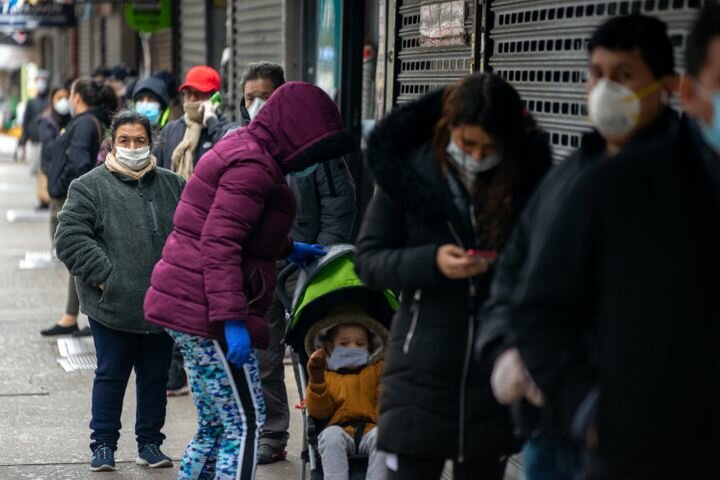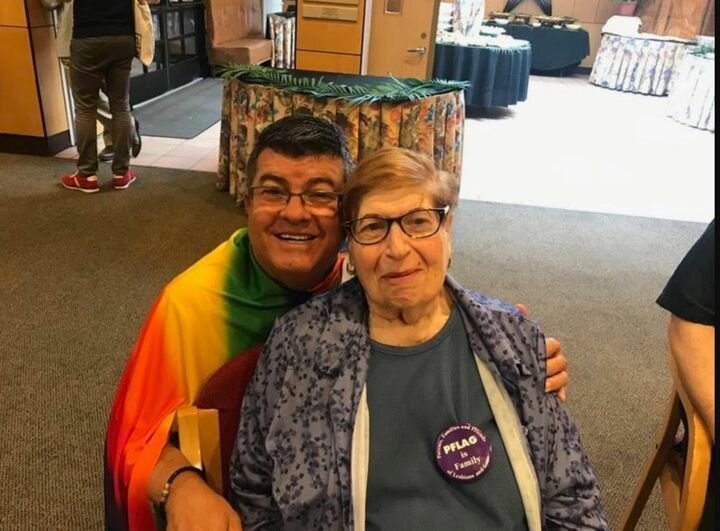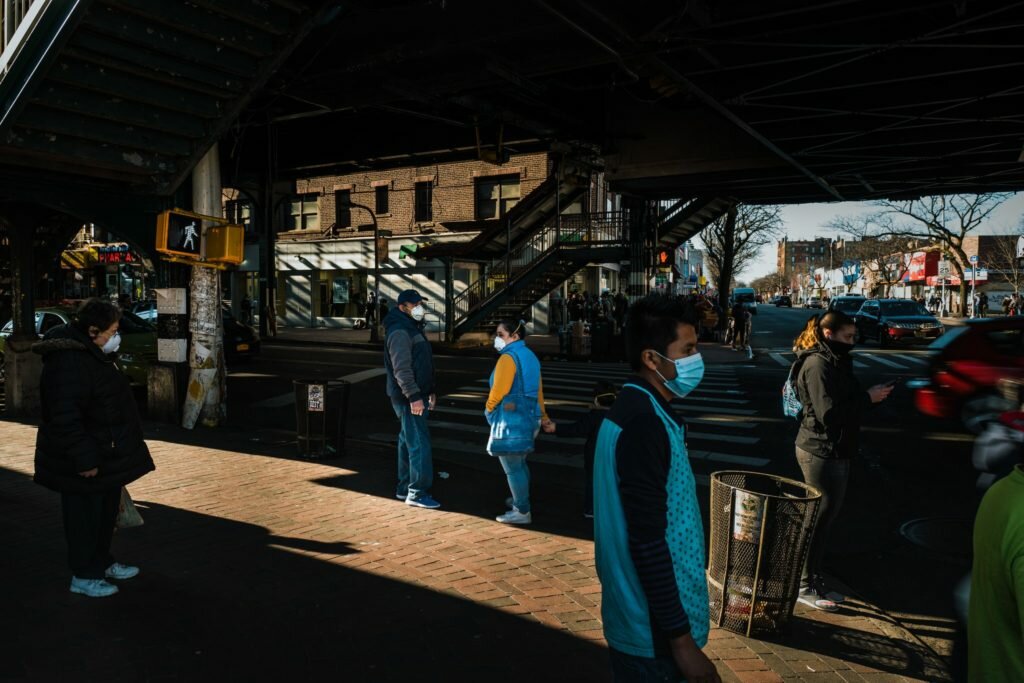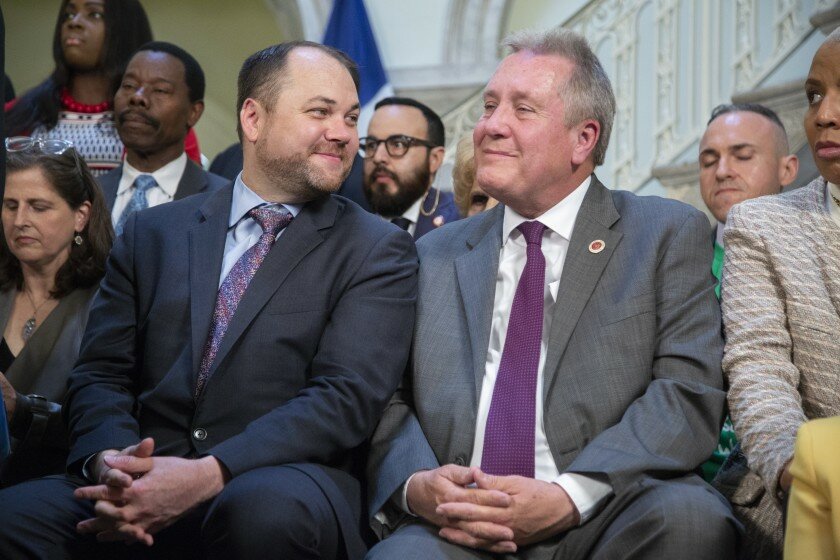Yet health care workers and community leaders say it is indisputable that the pandemic has disproportionately affected the Hispanic day laborers, restaurant workers and cleaners who make up the largest share of the population in an area often celebrated as one of the most diverse places on earth. Latinos comprise 34 percent of the deaths in New York City, the largest share for any racial or ethnic group, according to data released by state officials on Wednesday.
The neighborhoods also have large communities of Indian, Bangladeshi, Chinese, Filipino and Nepali people, and a score of other ethnicities that have been devastated by the pandemic.
The city-run Elmhurst Hospital Center was one of the earliest and hardest-hit by the virus. Dozens of Covid-19 patients have clogged hallways as they wait for beds, terrified, alone and often unable to communicate in English.
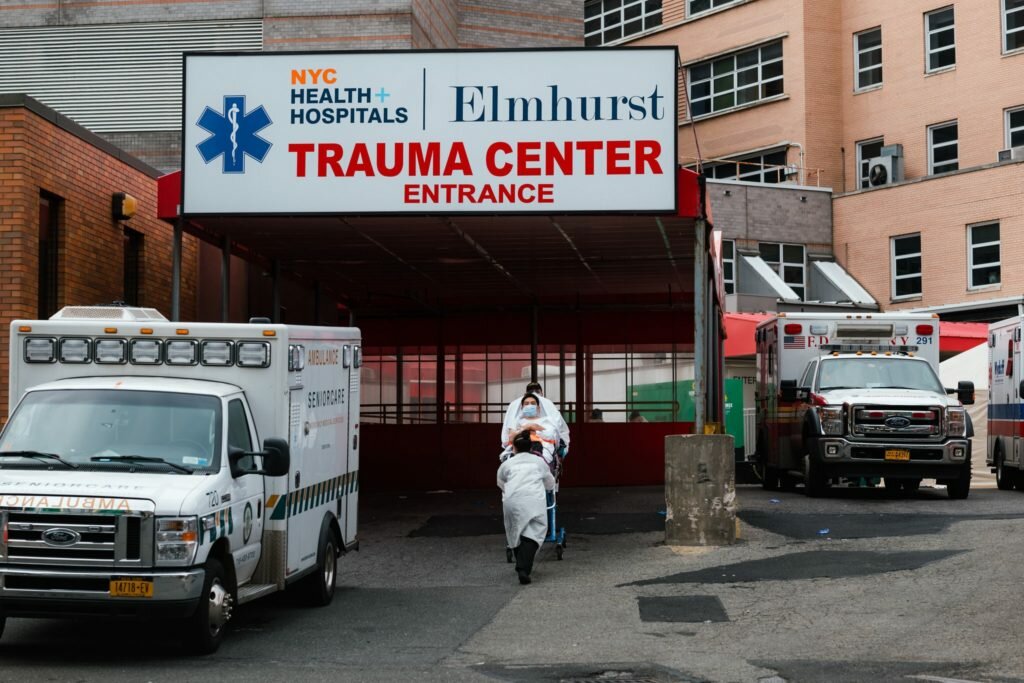
Elmhurst Hospital Center, a public medical facility, was among the earliest and hardest hit hospitals in New York.
“We’re the epicenter of the epicenter,” said Councilman Daniel Dromm, who represents Elmhurst and Jackson Heights. He became emotional as he took stock of losses that included five friends and more than two dozen constituents. “This has shaken the whole neighborhood,” he said.
In their daily toll of the fallen, city and state health officials have not disclosed where exactly deaths are occurring. But community leaders and organizers have kept their own tallies, providing a window into the virus’s disproportionate impact on immigrant communities. Some of the more prominent names in Queens include the Rev. Antonio Checo, a pastor at St. Mark’s Episcopal Church in Jackson Heights; Lorena Borjas, a transgender activist; and Kamal Ahmed, the president of the Bangladesh Society.
The New York Taxi Workers Alliance said 28 drivers had died — the vast majority of them immigrants living in Queens — and Make the Road New York, an advocacy organization that serves the area’s working-class Latinos, said eight of its members in Queens had died. “A tragedy is unfolding,” said the co-director, Javier H. Valdés.
The crisis has transformed the neighborhood. Roosevelt Avenue, the vital commercial artery that normally bustles with taquerias, arepa stands, threading salons and shops selling newspapers in dozens of languages, has all but shut down. The eerie silence is intermittently broken by sirens and the clattering of trains on elevated tracks.
A handful of street vendors have returned, but now they sell masks and dress in Tyvek suits. With churches and mosques closed, families of the dead can mourn only at home.
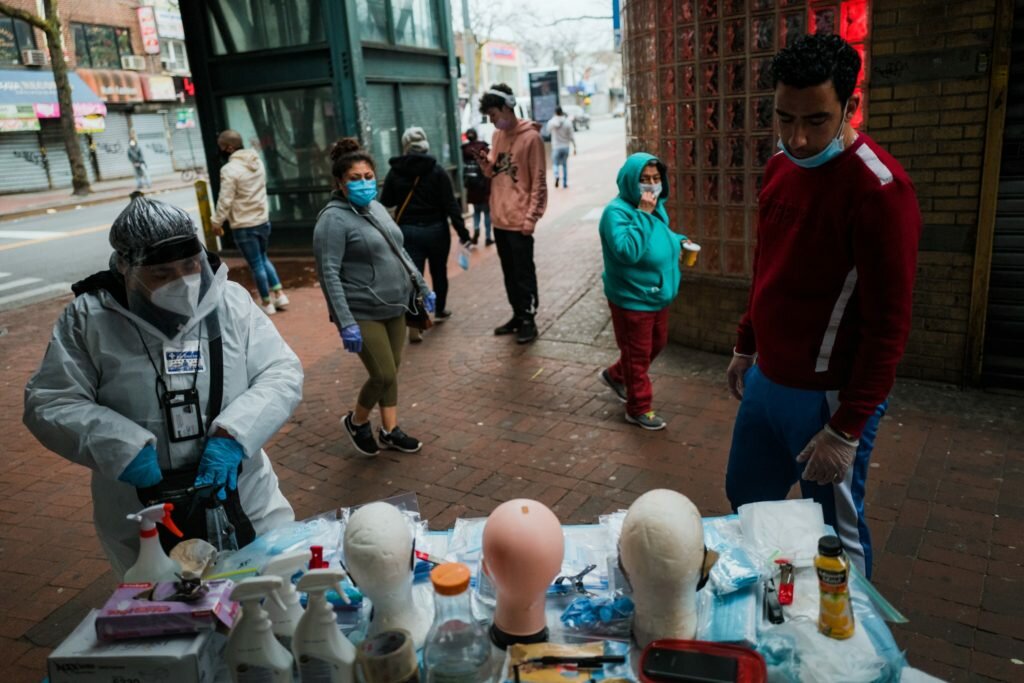
Vivien Grullon, far left, sells masks, gloves and cleaning supplies under the 7 train on Roosevelt Avenue in Jackson Heights, Queens.
The chockablock density that defines this part of Queens may have also have been its undoing. Doctors and community leaders say poverty, notoriously overcrowded homes and government inactionleft residents especially vulnerable to the virus.
“I don’t think the city communicated the level of danger,” said Claudia Zamora, the interim deputy director of New Immigrant Community Empowerment, an advocacy group and worker center in Jackson Heights.
In early March, she said, city health officials sent out fliers with hand-washing tips, but not the outreach workers and multilingual posters that might have conveyed the looming peril.
The sick now include laborers like Ángel, 39, a construction worker from Ecuador who asked that only his first name be used because of his immigration status.
Like many, he said he worked at a Manhattan construction site until he fell ill. He said he was turned away from Elmhurst Hospital because his symptoms were not deemed life-threatening and had been suffering in the apartment in Corona he shares with three other workers. “I don’t have anyone to help me,” he said.“I don’t have anyone to help me,” said Ángel, a 39-year-old construction worker from Ecuador.
City officials rejected the suggestion that they left the city’s immigrant neighborhoods to fend for themselves. The Department of Health, officials said, created coronavirus fact sheets in 15 languages. Officials mounted multilingual public service campaigns in subways and on television, and have provided continuous updates to the ethnic media including on the need for social distancing.
Ronny Barzola, a 28-year-old Ecuadorean-American from nearby Kew Gardens who works for the food delivery service Caviar, is one of the lucky few to still have a job. He slathers his hands with sanitizer throughout the day but worries about his mother and sister, both of whom are sick at home but have been unable to get tested. “It’s impossible to isolate when everyone is sharing the same apartment,” he said.
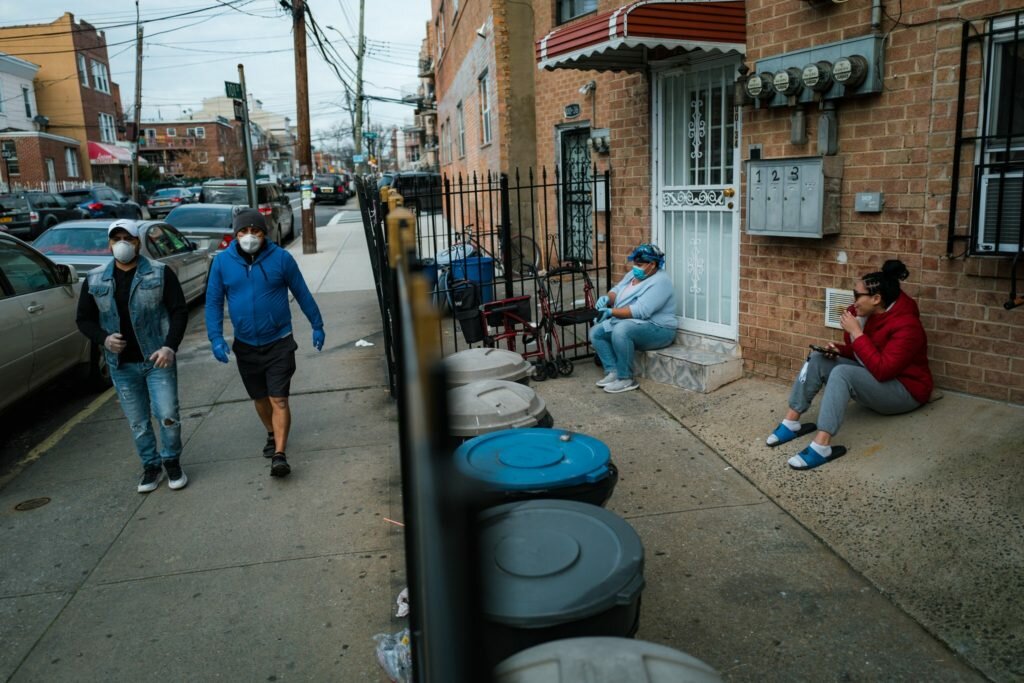
Cousins Idenia Ferrera, left, and Kimberly Ferrera, right, sit outside their home in Corona, Queens, obeying directives not to go out during the pandemic.
Mr. Subba, a longtime driver for services including Uber and Via, had stopped driving last month after picking up a sick passenger, said a cousin, Munindra Nembang, who added that Mr. Subba, 49, had been diabetic. His wife and two of his children were also infected.
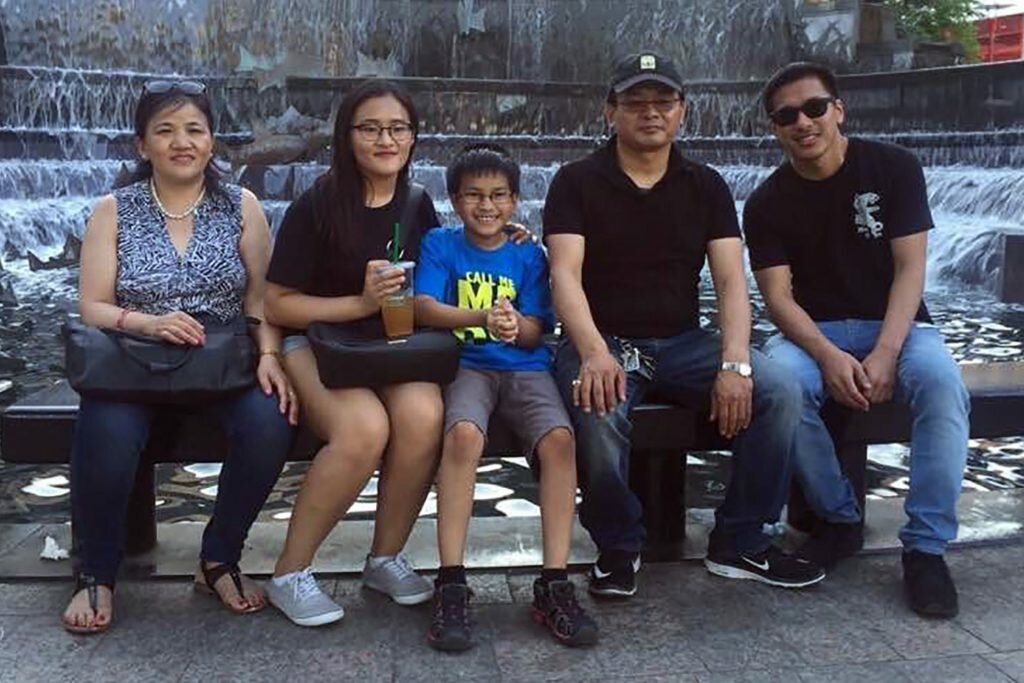
Anil Subba, second from right, a Nepalese Uber driver from Jackson Heights, died on March 31 after contracting the coronavirus.
Hundreds of other Nepali immigrants are sick, too, he said, including another Uber driver, who died on Wednesday. “Some are in I.C.U., some are on ventilator, some are in the queue,” Mr. Nembang said. “We feel very sad.”
Many residents struggled with poor health long before the coronavirus arrived. Dr. Dave Chokshi, chief population health officer for the New York City Health and Hospitals Corporation, said rates of diabetes, high blood pressure and other chronic conditions in central Queens were considerably higher than the city average.
Compounding the crisis, many residents lack health insurance and depend on public hospitals for even routine procedures, said Diana Ramírez Barón, a doctor at Grameen VidaSana, a clinic in Jackson Heights for undocumented women.
“They tell them to stay home and call your physician,” she said, referring to public health guidelines for people believed to have the coronavirus. “But they don’t have a physician. They get scared and they go to the E.R.”
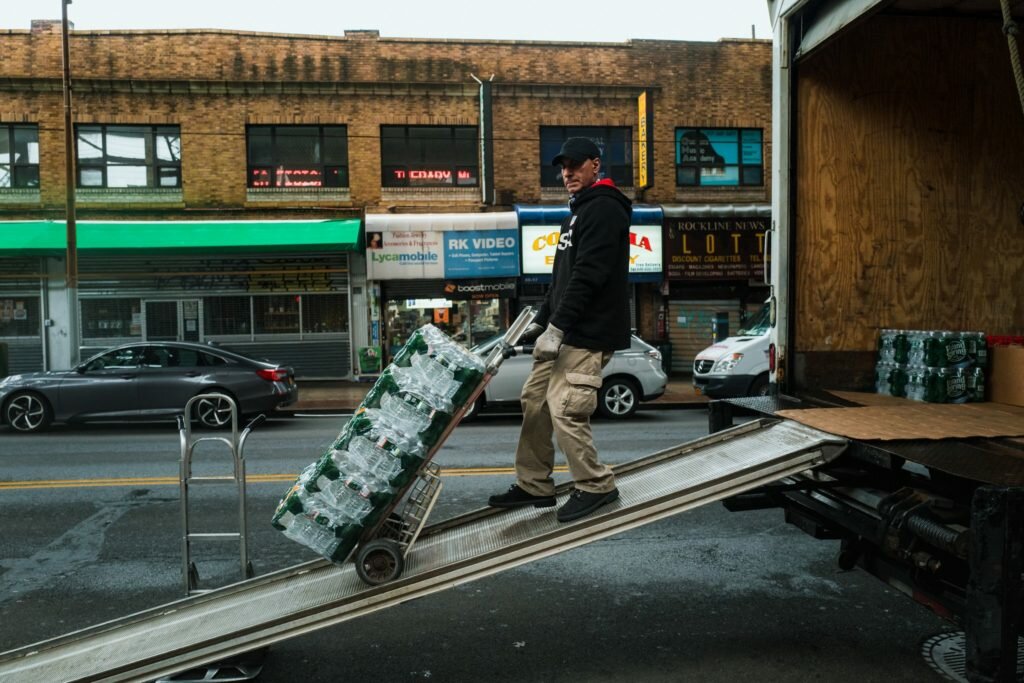
Some workers have been deemed essential, including deliverymen.
Patricia Rivera, a Mexican immigrant, said she had kept her distance from her mother’s household in East Elmhurst as the virus ripped through its seven members last month, infecting all but one. But then her mother, who was struggling to breathe, needed to be taken to the hospital.
Ms. Rivera, 38, took her to Flushing Hospital Medical Center, but came home worried she would infect her own crowded household, which includes a 70-year-old uncle. She found some N95 respirator masks given to a son on a construction job, and handed them out to her family.
“Fear is what we’re all feeling,” said Ms. Rivera, who is working for a laundromat, carrying laundry to and from quarantined homes.
For many, the fear of getting sick is heightened by the prospect of becoming homeless. Johana Marin, 33, a waitress from Jackson Heights, said she spent several days in the hospital.
“I thought I was going to die and never see my family in Colombia again,” she said.
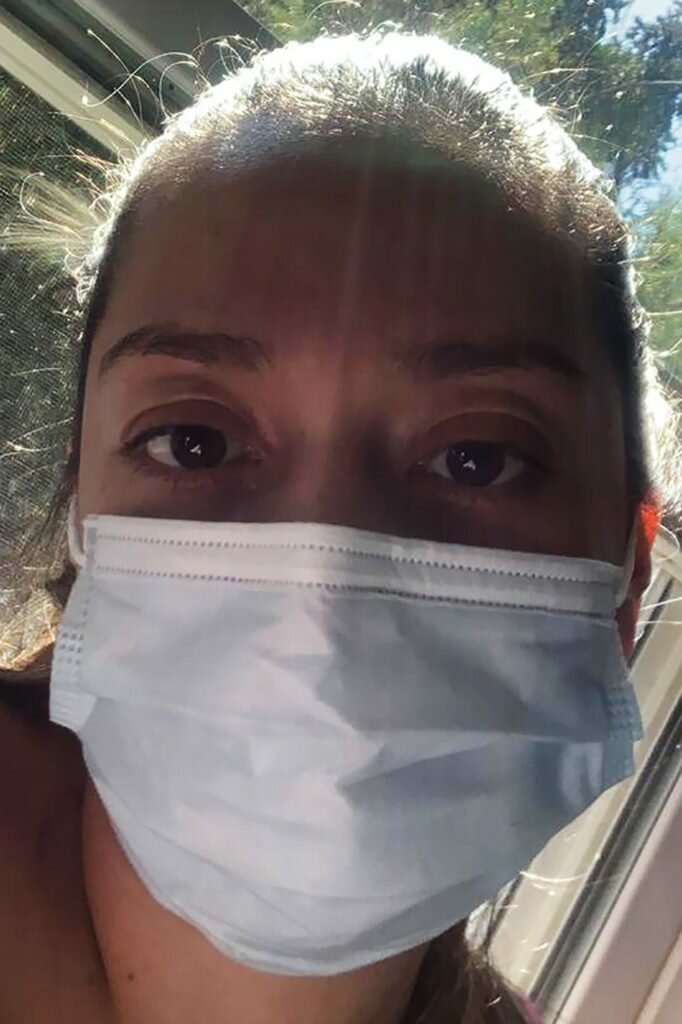
Johana Marin, 33, a waitress from Jackson Heights, said that after she became ill, she worried she might never see her family again.
When she was discharged, she said, the woman who rented her a room refused to let her stay. Ms. Marin found refuge in the apartment of an aunt who she said was now pressing her to leave.
Mr. Dromm, the councilman, said such stories were increasingly common and he urged the city to convert empty hotel rooms into temporary housing for those discharged from the hospital or patients with mild symptoms who were at risk of infecting others. City officials say they are working to address the problem.
The challenges of dealing with the dead are becoming clear, as officials discuss digging temporary graves and families call on consulates to help them repatriate the deceased to their home countries.
In the meantime, the needs of the living keep growing. Thousands have lost jobs, and the undocumented have so far been excluded from federal government aid.
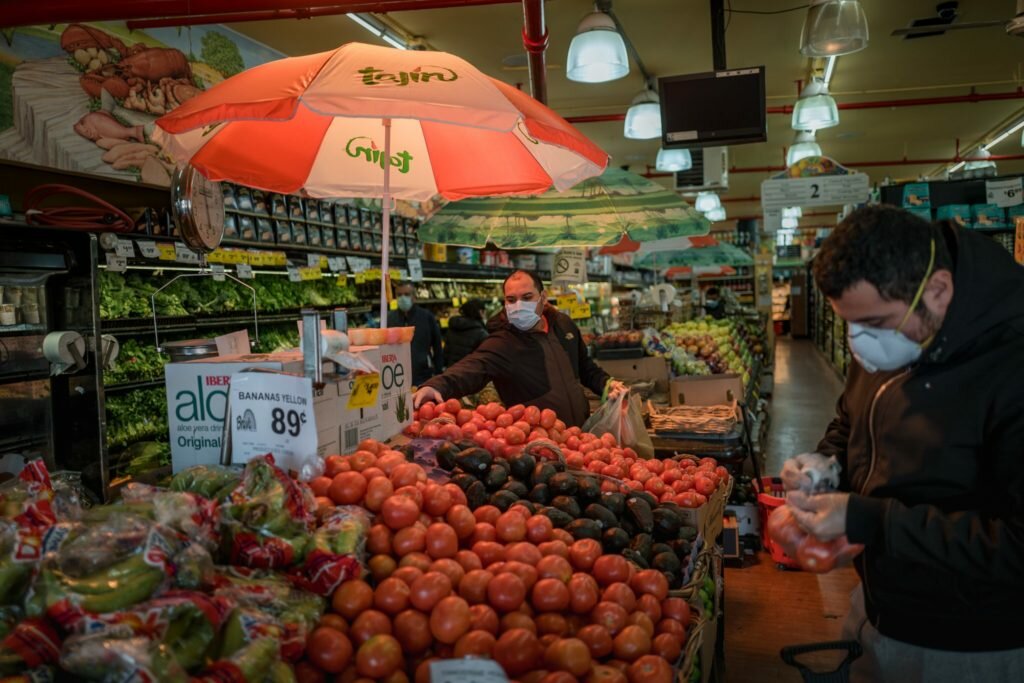
Bravo Supermarket in Jackson Heights.
At a food pantry run in nearby Flushing by the nonprofit organization La Jornada, the vast majority of visitors were, until recently, single mothers. Now two-thirds are men trying to feed their families, said the director, Pedro Rodríguez, who worried the number of jobless residents would soon prove overwhelming. “A tsunami is coming,” he said.
Despite the growing despair, many are finding ways to help others. Mexican grandmothers share recipes for traditional herbal fever remedies, Pakistani drivers deliver home-cooked meals and Nepali volunteers — including Mr. Nembang, the cousin of the driver who died — are distributing protective gear to those who must keep working.
For thousands of people, however, life has been reduced to the dimensions of tiny rented rooms.
Ms. Begum, the former nanny from Bangladesh, said she was riddled with fear. She spends her days compulsively cleaning the apartment’s bathroom and steering clear of her ailing roommates. The landlord has been demanding April rent and threatening eviction.
For succor, Ms. Begum turns to the Quran she keeps beside her bed. “I am praying every day,” she said. “Praying that the coronavirus leaves America.”

A bodega in Jackson Heights is one of the few types of businesses allowed to remain open during the pandemic.
Read more here.

